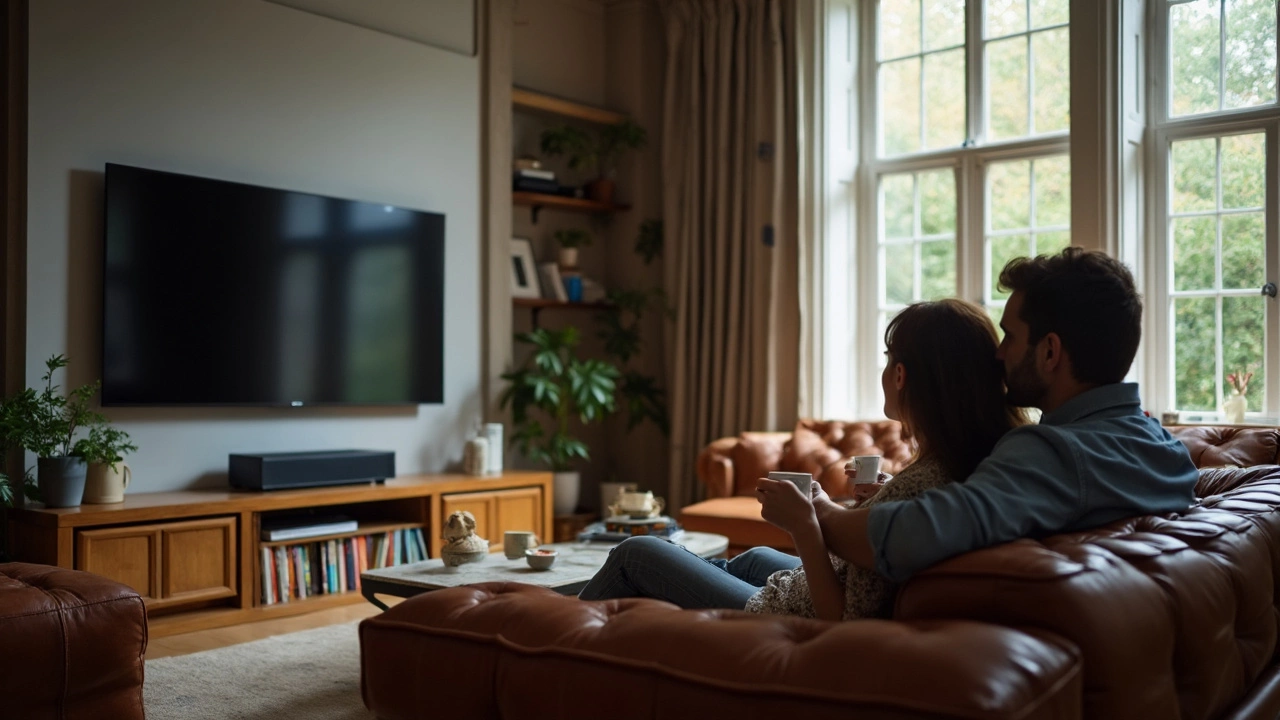Viewing Comfort: How to Arrange Your Living Room for a Perfect TV Experience
Ever wondered why your favorite show feels flat even after you’ve bought the latest TV? Most of the time it’s not the screen – it’s how the room is set up. Small changes to sofa placement, TV height, and lighting can turn a cramped space into a cinema‑like zone. Below are the must‑know basics that anyone can apply right now.
Find the Right Sofa‑to‑TV Distance
The golden rule is simple: sit about 1.5 to 2.5 times the diagonal size of your TV away. For a 55‑inch screen, that means a distance of roughly 6.5 to 9 feet. If you sit too close, your eyes strain trying to track the whole picture; sit too far and you lose detail. Measure the distance with a tape, then adjust your sofa or add a rug to keep the numbers in range.
Kids and pets add a twist – they often sit lower or move around. If you have a family room, aim for the lower end of the range so everyone can see comfortably. You can also tilt the TV a few degrees upward if the couch ends up a bit farther away.
Set the TV Height and Stand Size
Eye level is the sweet spot. When you’re seated, the center of the screen should line up with your eyes, usually 42‑48 inches from the floor. Use a TV stand that’s tall enough to hit that mark, or mount the screen on the wall and adjust the bracket. A stand that’s too short forces you to look up, causing neck fatigue after a binge‑watch session.
When choosing a stand, check the width too. A 55‑inch TV needs a stand at least 48‑50 inches wide to keep it stable. If you’re tempted to squeeze a larger TV onto a small stand, remember the risk of wobble and possible damage.
Beyond distance and height, lighting plays a silent but huge role. Avoid bright windows directly behind the TV – they wash out the picture. Soft, indirect lighting behind the sofa reduces glare without dimming the room. A simple floor lamp or bias lighting strip behind the screen can boost contrast and cut eye strain.
Finally, think about your seating comfort. A sofa with firm cushions supports your back, while a recliner or lounge chair can give a more relaxed angle for movie nights. Keep enough room for people to move around – at least 2 feet of clearance on each side of the TV prevents accidental bumps.
Putting these pieces together doesn’t require a full remodel. Measure, adjust, and test – sit back, play a familiar show, and notice if the picture feels clearer and the room more relaxed. Small tweaks now save you headaches later, and you’ll enjoy every episode a lot more.
What is the Best Height for a 65-Inch TV?
Finding the perfect height for your 65-inch TV can enhance your viewing experience and reduce neck strain. Consider factors like the room's layout, your seating position, and eye level when mounting or placing your TV on a stand. Get insights on optimal height calculations to make your next movie night the best one yet.
More
